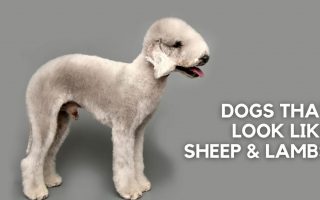The best companion dog for blue heeler to live with will vary depending on the person and the blue heeler.
Generally, a working line or farm dog will be best for a blue heeler (a working line is a dog that was specifically selected for either working type jobs, such as herding or guarding).
A blue heeler will do well with almost any breed of dog, including some that are dominant or difficult to control.
The most important thing in selecting a dog is to choose one that has the same energy level, endurance, and work ethic as the blue heeler.
And to choose one that will happily live in harmony with a blue heeler, and where the two get along.
You have to remember that a blue heeler may try the patience of any dog and vice versa. Here are some of the dogs you can keep as companion for blue heeler.
[wpsm_toplist]
Labrador

As far as I am concerned, Labrador is an awesome dog.
This is not just because of that wagging tail it does when you come home or the fact that it is always ready to play.
There are several reasons why Labrador makes the best companion dog for Blue Heeler.
Labrador is one of the most popular dogs around the world.
A lot of people are into dogs because of the companionship they provide. And Labradors thrive on companionship with their family.
In the wild, a Labrador would have been one among a pack of dogs.Labradors love to play and this makes it the perfect playmate for the Blue Heeler.
A lot of people always ask me if Labradors like to play with other dogs.
At times, they lack playing instincts. However, once they are with the Blue Heeler that all changes.
Labradors are extremely affectionate animals. They love to be around people and this makes them ideal for families with Blue Heeler.
A Labrador can be your best friend. These animals are also very intelligent which makes training them easier.
Australian Shepherd
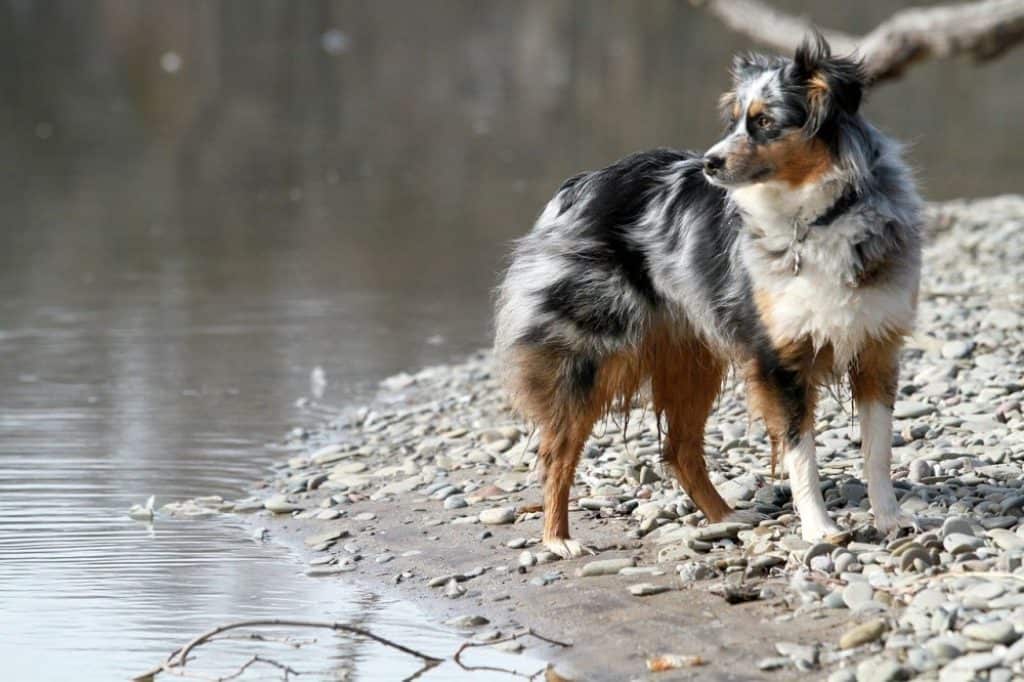
Australian Shepherd is the most loving, smart, and social breed of dog. It can be used as a great companion for your Australian blue heeler.
This article will share some of the reasons why.
Australian Shepherd is a large breed dog that can be 28 to 38 inches tall and weigh up to 88 pounds.
This breed of dog is originally known as the working class dog in the United States even though it has been recently redefined into a herding dog.
Australian Shepherd was bred to herd sheep in the United States.
This breed of dog is popular due to its intelligence, alertness, obedience, excellent working ability, and friendly nature.
Australian Shepherd can easily be trained because they are smart enough to understand the instructions of their master.
They are highly loyal to their master and family.
The Australian shepherd is a kind of dog that loves children and can be the best companion for your blue heeler.
The Great Pyrs
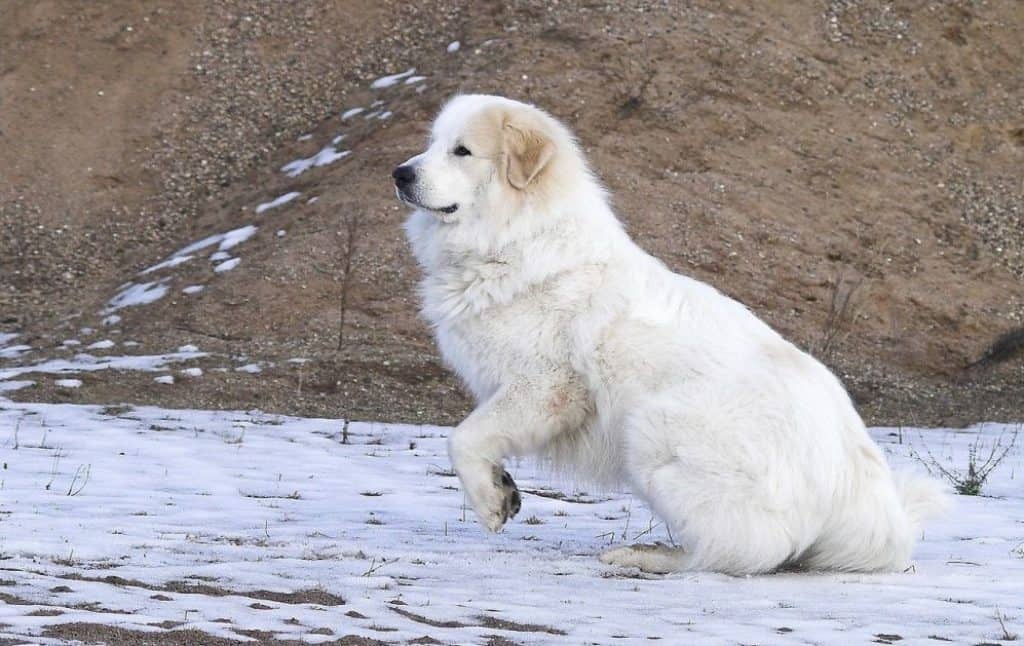
The Great Pyrenees is a large breed of dog used as a livestock guardian dog.
The Great Pyrenees is athletic and agile, able to run at speeds of about 14 to 16 mph (23 to 26 km/h).
The breed is a working dog with a strong protective instinct and may become over-protective of their charges.
Great Pyrenees dogs bark very little, and when they do it is to alert their family to a stranger’s presence.
They are known for the loud bark of some individuals in the breed.
They are unique in their protective nature, as most livestock guardian dogs are used to protect the flock or herd sleeping at night, while the Great Pyrenees dogs sleep during the day and protect by day, as well as at night.
In this case, a Great Pyrenees dog would be the best companion for a blue heeler.
The Great Pyrenees are large dogs, which are considered to be social companions for blue heelers.
They help each other and remain loyal to one another, hence forming a strong bond.
Jack Russell

In a new experiment, scientists from the University of Veterinary Medicine in Vienna have shown that a Jack Russell Terrier can live together with a blue Heeler without fighting.
The researchers have tested this experiment on 24 dogs of both kinds who were at least six months old.
They got to know each other over a few weeks and then started living together.
Over the past two years, scientists have been following up on how the dogs behave with each other and whether any fights took place between them.
The change in body language was clearly visible: there were fewer signs of conflict than at the start of their co-existence.
In the last 2 months, there have been no more signs of conflict.
Thus the hypothesis that Jack Russell Terriers and blue Heelers can live together has to be confirmed.
The question about whether it is possible for all mixed breeds consisting of one terrier and one heeler to get along with each other must still remain unanswered.
The scientists conclude that this might work if you keep in mind that both dogs should come from the same kind of dog and be at least 6 months old.
Border Collie
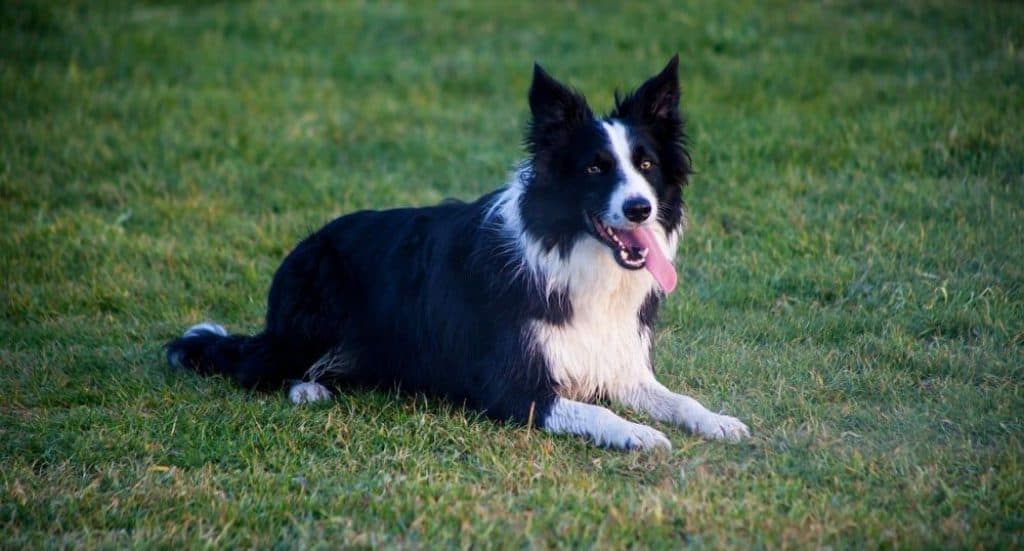
The border collie is the best breed for Blue Heeler as it carries the same genes.
Border Collie has become very popular among dog lovers due to its intelligence and high energy level.
According to Animal Planet, they are ideal companions because of their loyalty, intelligence, and their eagerness to please.
Border Collie is a herding dog breed that was originally used to assist shepherds by performing tasks such as herding, retrieving, and guarding sheep.
Border Collie has the intelligence level of about an average 4-year old child making them easy to train.
They are also very agile, athletic, and love working.
It is no wonder that Blue Heeler will be an excellent choice of companion.
Catahoula
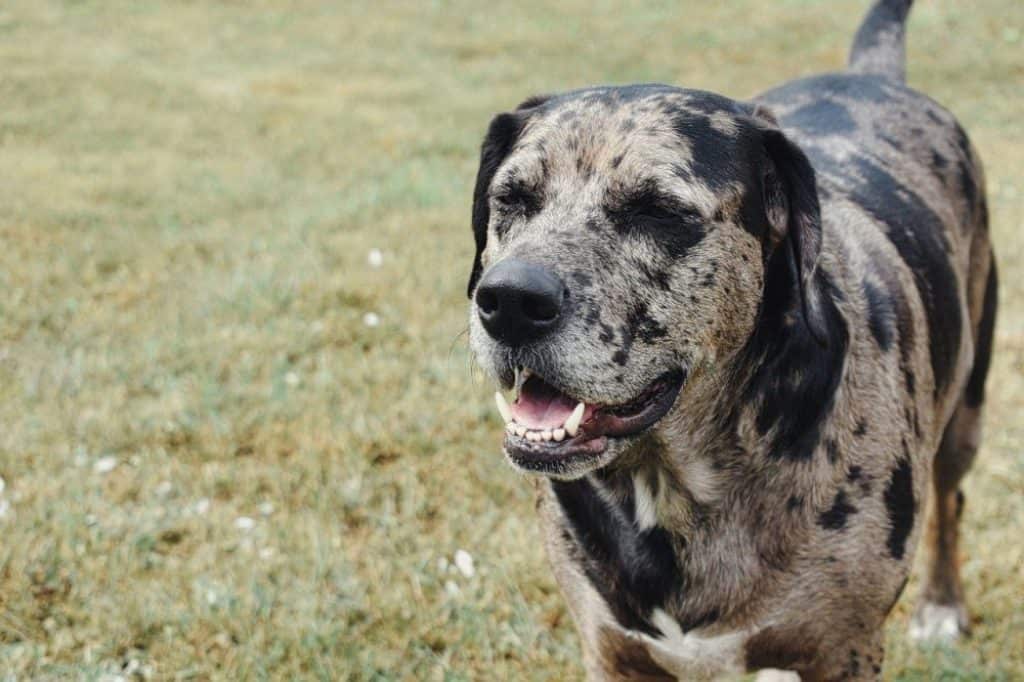
For those of you who know a Catahoula, this is definitely the breed to adopt if you’re looking for a permanent dog companion for blue heeler.
Unlike other dogs, the Catahoula will be more than happy just to stay by your side and not running around and creating havoc in your home or in the community.
As the name suggests, they are named after Cat Island in Louisiana where they were discovered by hunters and farmers.
Their excellent tracking skills made this breed very popular among hunters of wild boars and other varmint animals.
They are extremely loyal to their owners but can show aggressiveness toward strangers or people who approach them when they’re off-leash.
In fact, they are very wary of people at first and need a great deal of socialization in order for them to be around other people without going wild or going berserk.
German Shepherd
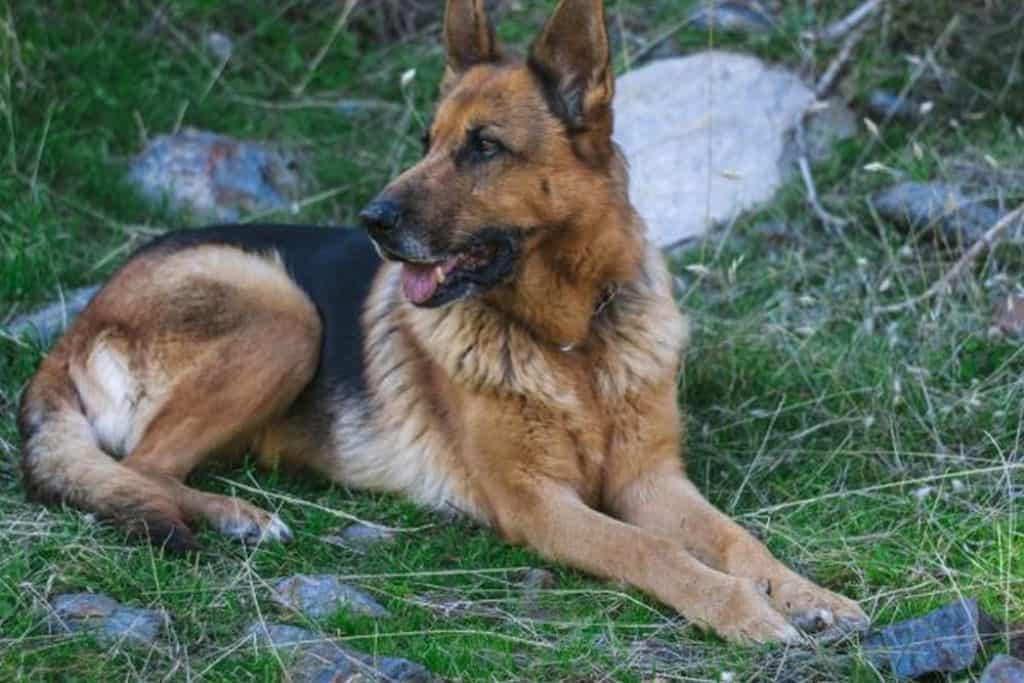
The Blue Heeler and the German Shepherd is also a great combination.
It might take some time to train both dogs so that they will get along with each other, but once you do it’s all worth it.
The Blue Heeler is an Australian breed of dog which was bred to herd.
A working dog forms a very close bond with its owner.
Its past as a herding dog has made it more dominant than other breeds and therefore requires more training when you get it as a pet.
It will need to be trained either by an owner who knows how to train dogs or by someone who has experience in training high-energy pets.
An untrained Blue Heeler will often become very destructive around the house.
Labradoodle

A study in Australia by the University of Queensland has shown that the Labrador retriever is a particularly good breed when it comes to being a companion dog to other breeds.
The researchers gave several different dogs – including labrador and, poodles, greyhounds whippets, kelpies, and border collies- the choice between two food bowls.
The result was that most of the dogs went to one bowl or the other, but in 22 cases they co-operated with each other by sharing both food bowls – often simultaneously.
This is referred to as cooperative behavior.
“The Labrador retriever scored highest on the temperament parameter “Friendliness to Strangers” and was ranked second in the category “Fearfulness”.
On the scale measuring “Obedience”, this breed was also ranked high.
The poodle, which previously had not been found to be particularly tractable, turned out to be friendly, sociable, and hardworking.
Thus, it can be concluded that the Labrador retriever and poodle make a particularly harmonious pairing as a companion dog for blue heeler.
Corgi

Many people out there own blue heelers as pets, but what is the best companion dog that goes well with them?
The best companion for a blue heeler would be a Corgi.
A Corgi can make your life wonderful because it will play with your blue heeler and go for walks together.
They are loyal dogs and they are also very easy to train.
They are also great for people who live in apartments because they don’t need that much space to play around in.
Corgis are small dogs, but they are very brave and smart.
A blue heeler is one of the best guard dogs out there because it will bark when strangers come over or if it senses that something isn’t right.
You need to train your blue heeler in order for it to be familiar with the Corgi, but once you do that they will play well together.
Sheltie
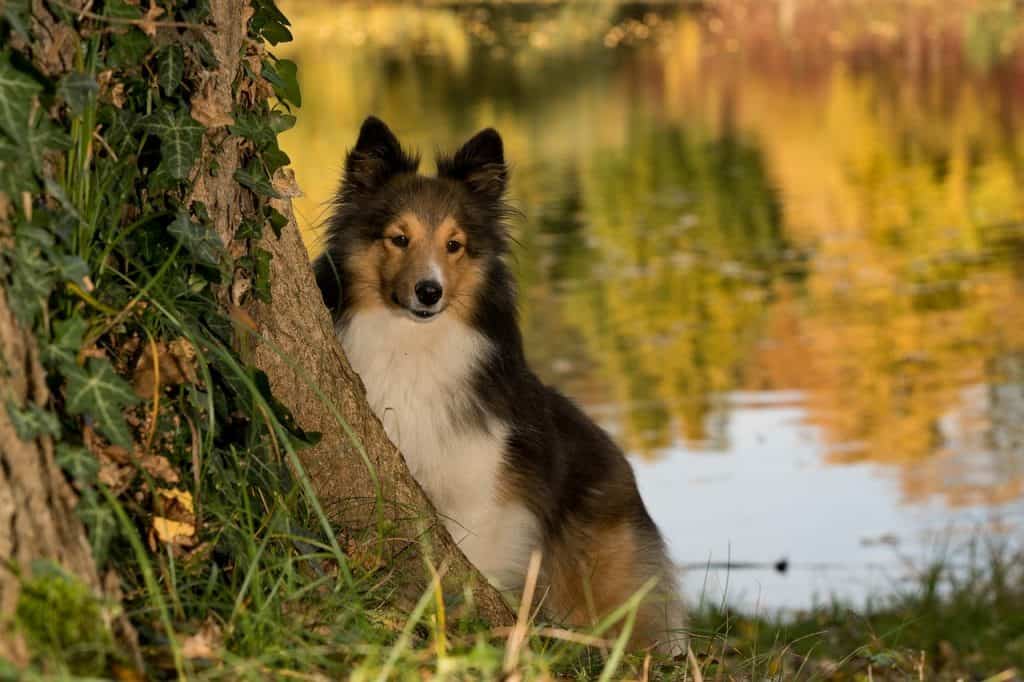
The sheltie is an ideal companion dog for the blue heeler. Both are working breeds, but are also well suited to become family members.
The two have similar personalities which makes them suitable for each other.
The determination of the sheltie helps him or her to do its share of work and for this reason, they get on well with blue heelers.
These two breeds may not always be on the lead, but they will do everything you ask of them.
And they are both very patient and understanding with children.
Older children can handle these two breeds without any problems because both breeds tend to be more sensitive to your moods or feelings than other dogs.
They are less demanding than most breeds, they do not ask a lot of your time and they are always willing to please their owner.
They can easily be taught to stay alone in the house when you go out, but if possible, it is better if someone looks after them while you are away.
You do not want two dogs that constantly howl when they are on their own.
Do Blue Heelers Get Lonely?
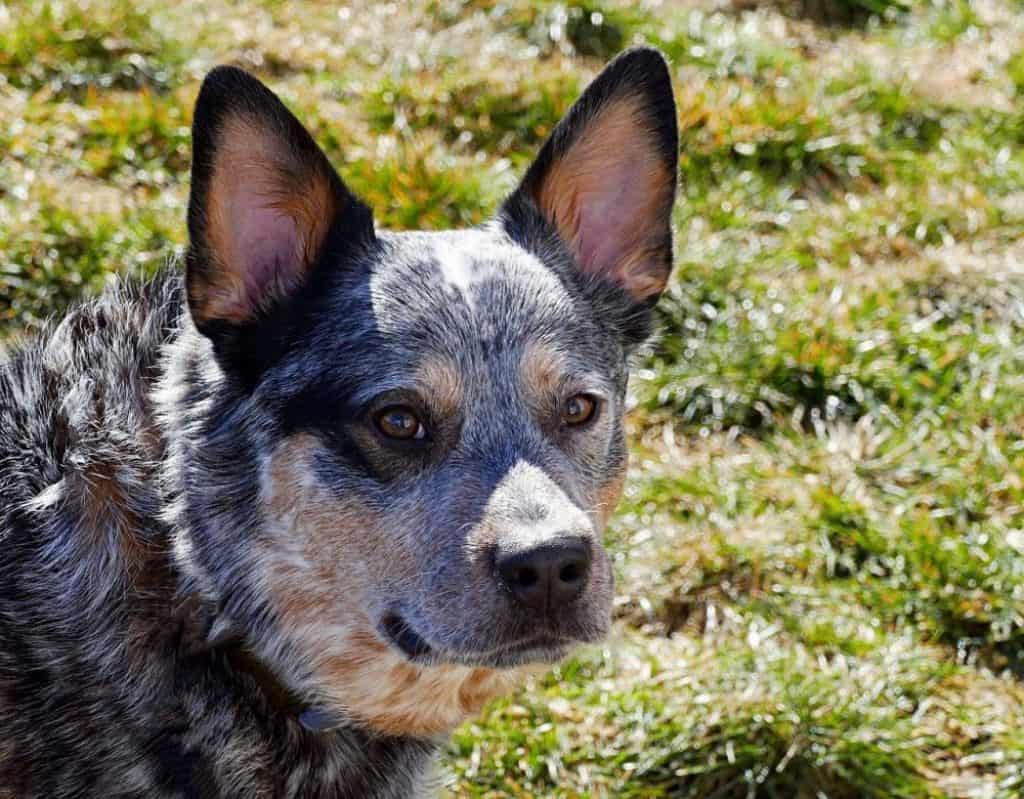
Most of us would answer that question with a resounding, “No!” but the facts say differently.
A study published in Applied Animal Behaviour Science found that Blue Heelers were most likely to feel lonely when their owners were absent and they could see them through a window.
Researchers suspect this is because these dogs originally lived as working dogs on farms.
They spent most of their time alone with other animals, and they naturally became more sociable as they worked alongside humans.
Blue Heelers are also known for being sensitive to the emotions of their owners, so it makes perfect sense that seeing them would decrease feelings of loneliness in these pups.
And that is why you should get a companion dog for your Blue heeler.
Do Blue Heeler Get Along With Other Dogs?

It is often said that blue heeler dogs don’t get along with other dogs, but this isn’t always the case.
A dog’s personality can depend on a variety of factors including their breed, socialization, and training.
The breed is very important when you are thinking about how your blue heeler will behave around other dogs.
There are certain breeds that are known to be more dominant and therefore less tolerant of other dogs.
In addition, some blue heeler dogs have been bred to be aggressive toward other animals which may make them a poor match for a household with another dog.
Therefore always make a point of getting the best companion dog for your Blue heeler.






